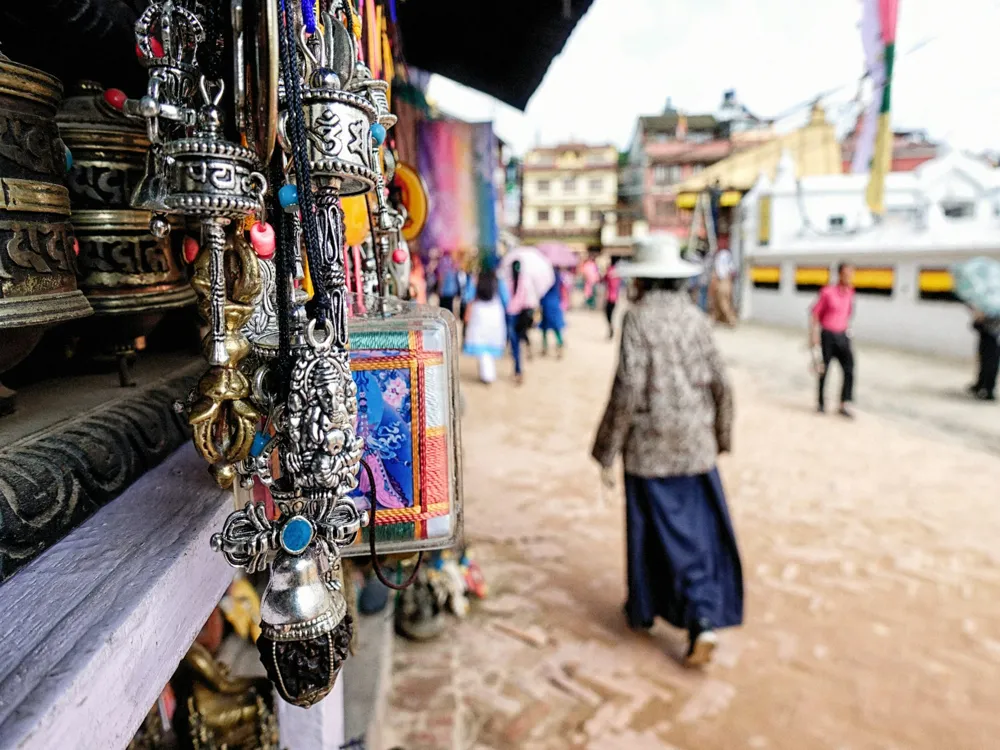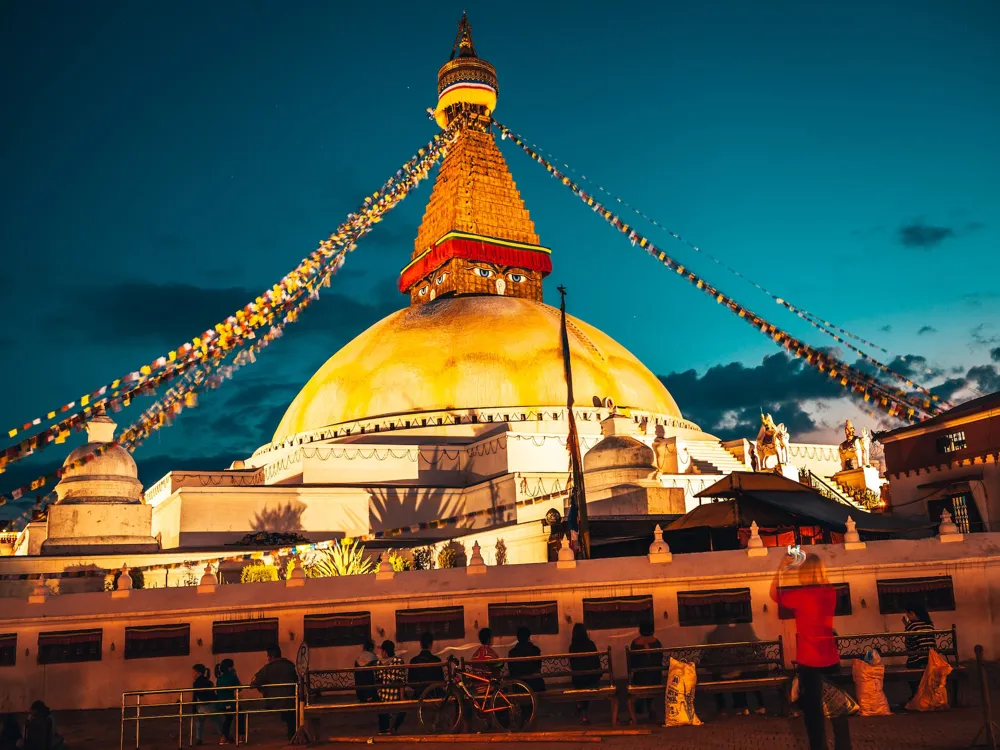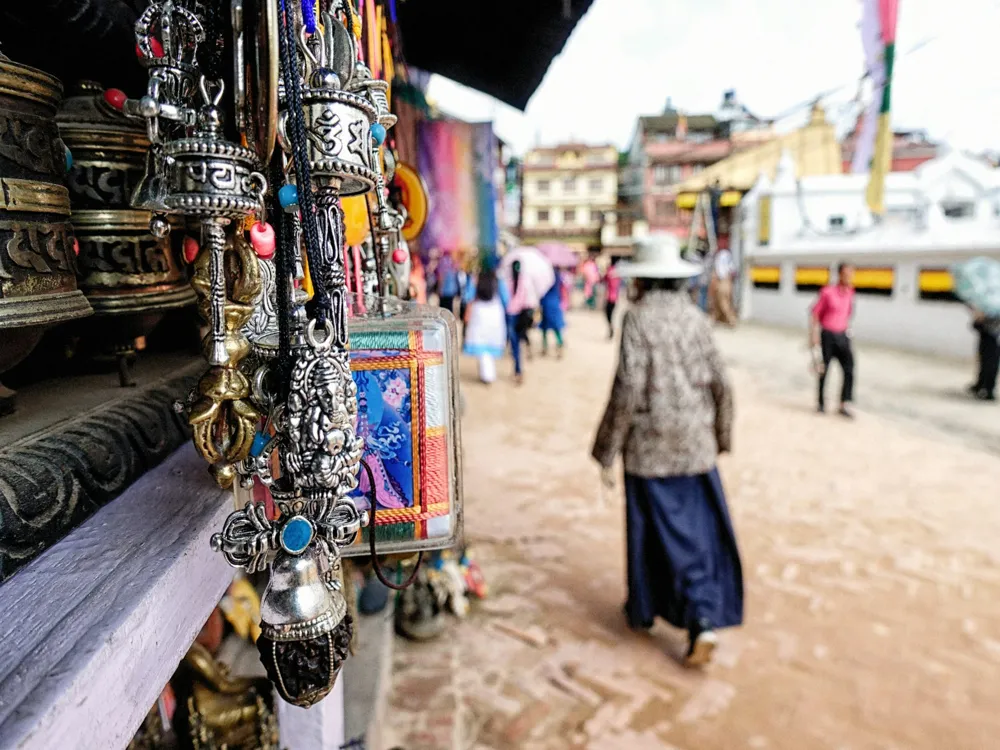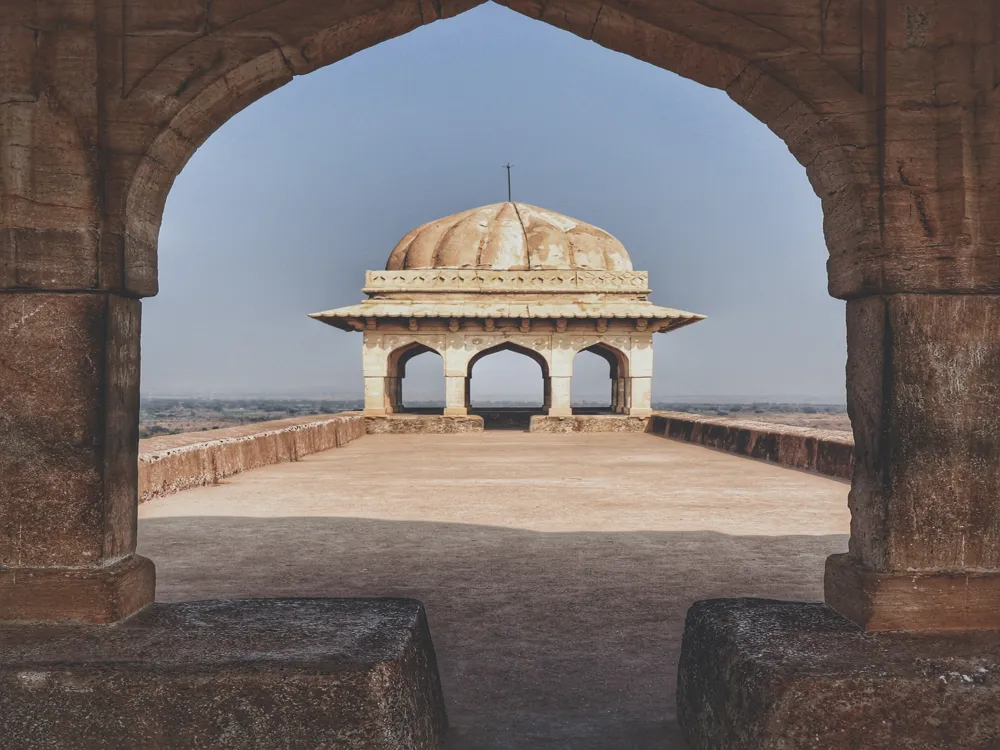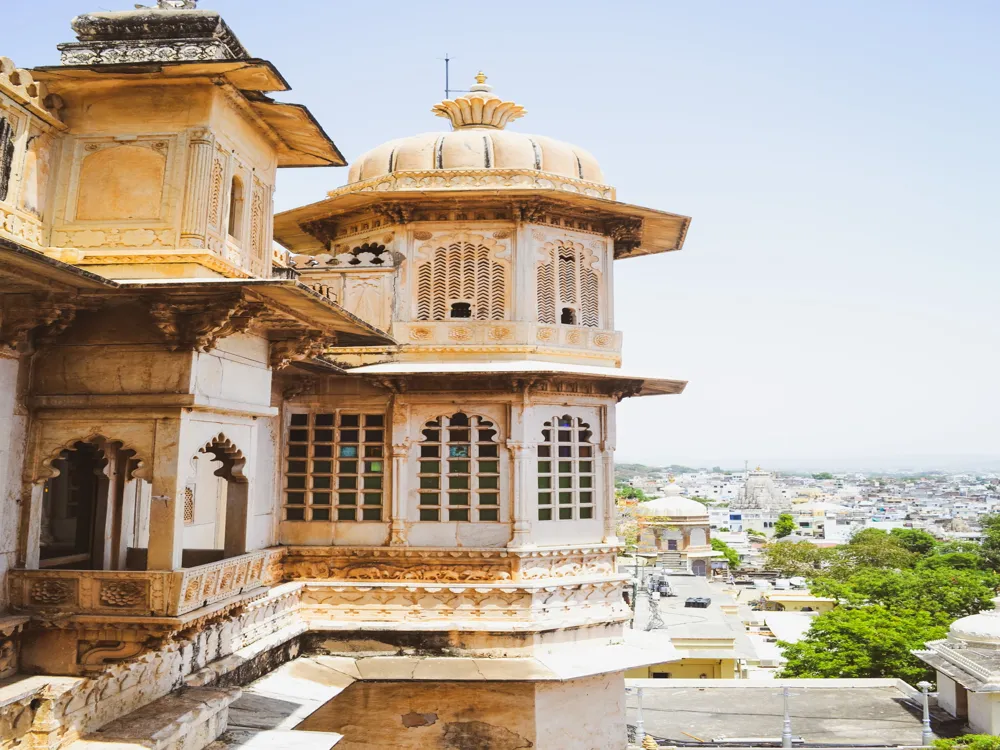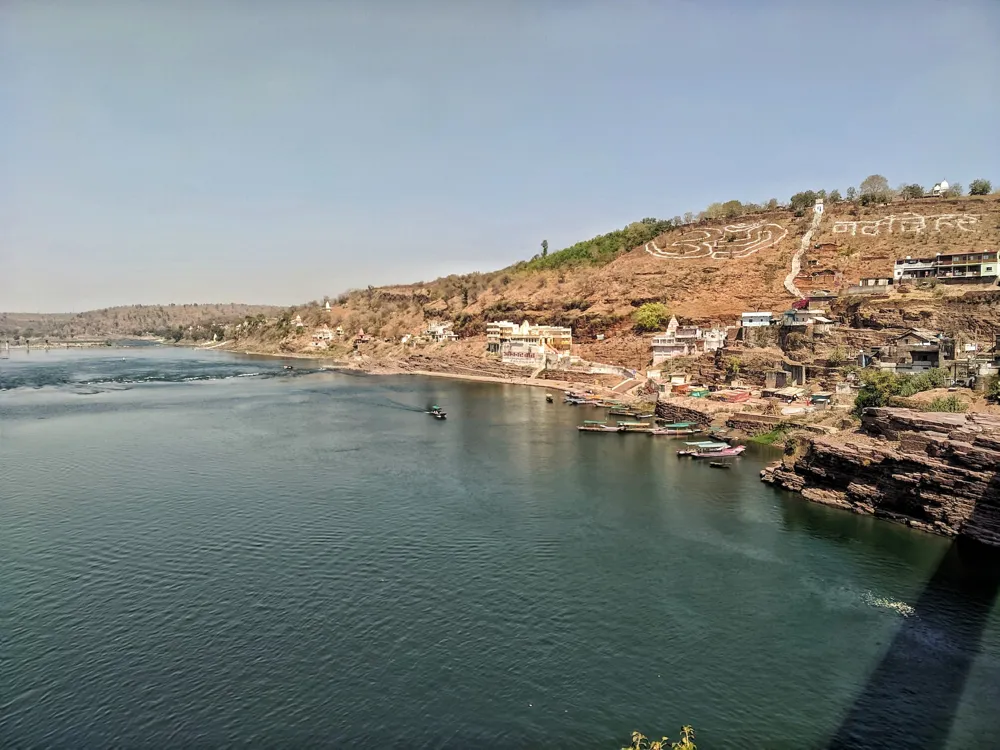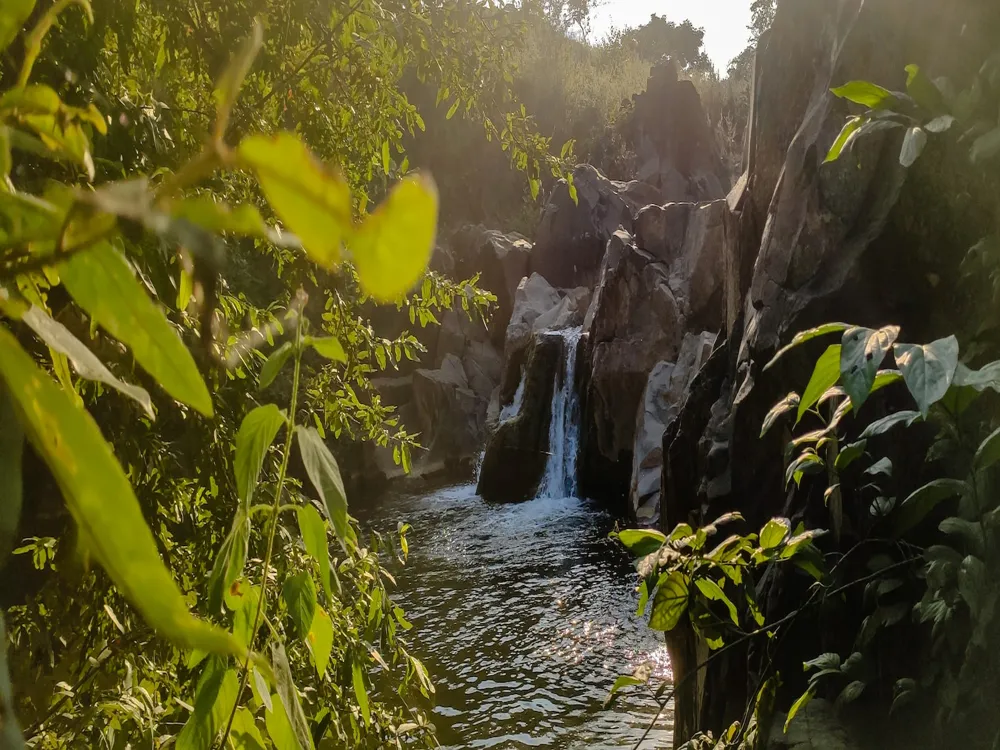Located in the heart of Nepal's vibrant capital, Kathmandu, the Siddhartha Art Gallery stands as a beacon of contemporary art and cultural expression. Since its inception, the gallery has played a pivotal role in shaping the art scene in Nepal. It's not just a gallery; it's a hub of artistic innovation, a meeting point for artists, art lovers, and collectors from around the globe. The Siddhartha Art Gallery is renowned for its commitment to promoting Nepalese art, showcasing a wide range of styles and mediums, from traditional Nepali paubha paintings to modern and contemporary artworks. The gallery's history is as colorful as the artworks it houses. Founded by a passionate art enthusiast, the Siddhartha Art Gallery has grown from a modest space to an influential institution in South Asia's art landscape. Over the years, it has hosted numerous exhibitions featuring both emerging and established artists, providing them with a platform to display their talent and engage with a broader audience. These exhibitions often delve into pressing social issues, reflecting the gallery's dedication to not only artistic excellence but also social responsibility. The Siddhartha Art Gallery boasts an impressive collection that spans several decades of Nepalese art. Visitors are treated to an array of works ranging from classical to contemporary. The collection includes masterpieces by pioneering Nepalese artists, alongside promising works by emerging talents. Each piece in the gallery tells a story, capturing the essence of Nepal's rich cultural heritage and the evolving artistic landscape of the country. One of the highlights of the Siddhartha Art Gallery is its dynamic schedule of exhibitions and events. These are meticulously curated to provide an immersive experience, often accompanied by artist talks, workshops, and cultural events. This not only enhances the understanding and appreciation of the art but also fosters a sense of community among visitors and artists alike. The architecture of Siddhartha Art Gallery is a harmonious blend of traditional Nepalese design and contemporary architectural elements. The building itself is a piece of art, reflecting the gallery's commitment to aesthetic excellence and cultural preservation. The structure is designed to complement the artworks displayed within, creating an environment that is both inviting and inspiring. The gallery's architecture is distinguished by its use of local materials and craftsmanship. The exterior, adorned with intricately carved woodwork and traditional Nepali motifs, pays homage to Nepal's rich architectural heritage. Inside, the gallery spaces are thoughtfully designed to maximize natural light, creating an atmosphere that enhances the viewing experience. The layout is fluid, allowing visitors to navigate through the exhibitions intuitively, fostering a sense of discovery and engagement with the art. At the core of the gallery's design philosophy is the integration of art, culture, and community. The architects aimed to create a space that is not only aesthetically pleasing but also functional and accessible to all. This is evident in the gallery's layout, which includes open spaces for public gatherings and events, facilitating cultural exchange and community engagement. In line with contemporary architectural trends, the Siddhartha Art Gallery places a strong emphasis on environmental sustainability. The use of eco-friendly materials and energy-efficient designs minimizes the gallery's environmental footprint, making it a model for sustainable architecture in Nepal. The gallery also features interactive spaces designed to engage visitors of all ages. These spaces often host educational programs and interactive exhibits, making art accessible and enjoyable for everyone, from art aficionados to young children and families. Before visiting, check the gallery's website for current exhibitions and events. This will help you make the most of your visit. While there is no strict dress code, it's advisable to wear comfortable and respectful attire, considering the gallery's cultural significance. Be sure to understand the gallery's photography policy. Some exhibitions may allow photography without flash, while others may prohibit it entirely. Consider joining a guided tour for a more insightful experience. These tours often provide deeper context to the artworks and the gallery's history. Remember to maintain a respectful distance from the artworks and avoid touching them unless explicitly allowed. Siddhartha Art Gallery is conveniently located in Kathmandu, making it easily accessible by various modes of transportation. For those staying in the city, the gallery is a short taxi or rickshaw ride away. For international visitors, the Tribhuvan International Airport is the nearest airport, from where you can hire a taxi or take a local bus to reach the gallery. Additionally, visitors can use navigation apps to find the most efficient route to the gallery. Read MoreOverview of Siddhartha Art Gallery, Kathmandu
The Collection
Exhibitions and Events
Architecture of Siddhartha Art Gallery
Design Philosophy
Environmental Sustainability
Interactive Spaces
Tips When Visiting Siddhartha Art Gallery
Plan Your Visit
Dress Appropriately
Photography Policy
Guided Tours
Respect the Art
How To Reach Siddhartha Art Gallery
Siddhartha Art Gallery
Kathmandu
₹ 11,658 onwards
View kathmandu Packages
Weather :
Tags : Art Gallery
Timings : 8:00 AM - 7:00 PM
Entry Fee : No entry fee
Planning a Trip? Ask Your Question
Kathmandu Travel Packages
View All Packages For Kathmandu
Top Hotel Collections for Kathmandu

Private Pool

Luxury Hotels

5-Star Hotels

Pet Friendly
Top Hotels Near Kathmandu
Other Top Ranking Places In Kathmandu
View All Places To Visit In kathmandu
View kathmandu Packages
Weather :
Tags : Art Gallery
Timings : 8:00 AM - 7:00 PM
Entry Fee : No entry fee
Planning a Trip? Ask Your Question
Kathmandu Travel Packages
View All Packages For Kathmandu
Top Hotel Collections for Kathmandu

Private Pool

Luxury Hotels

5-Star Hotels

Pet Friendly







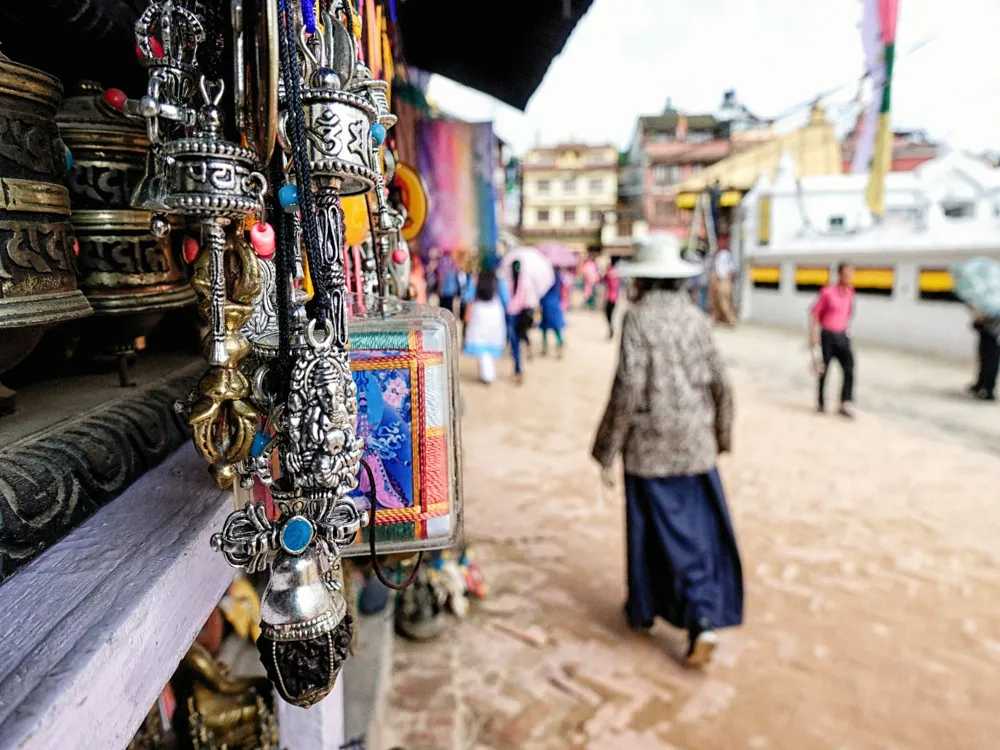
/asan-bazar-asan-tole-slider-1.webp)
